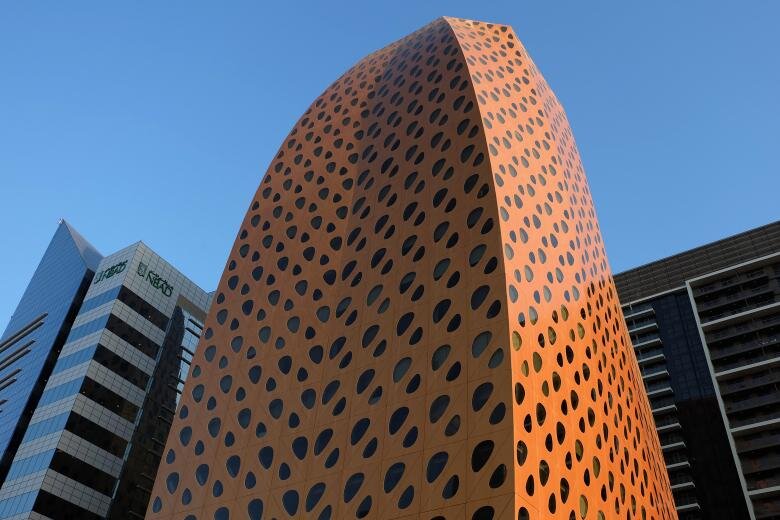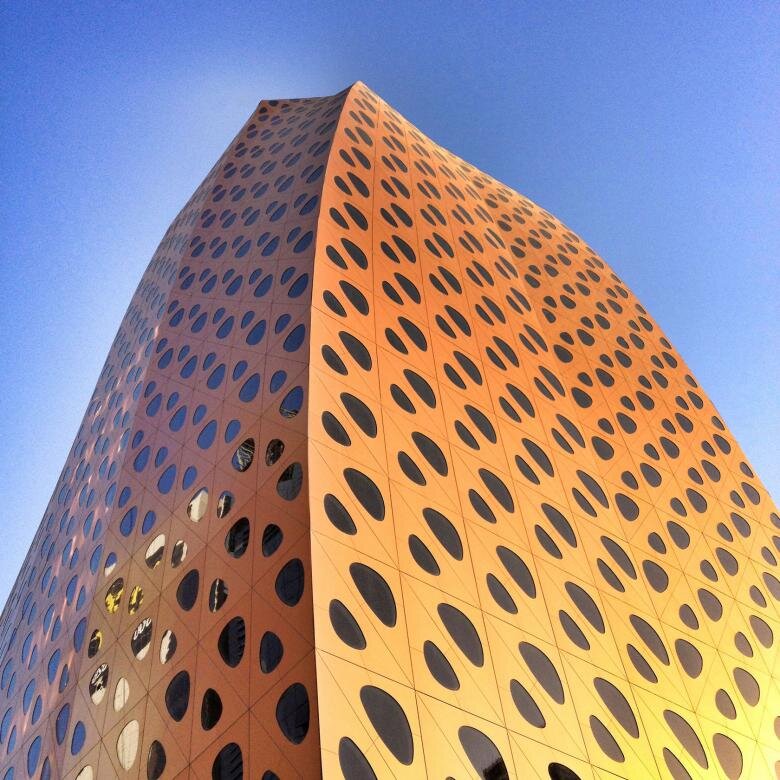KAS OOSTERHUIS
POSITION STATEMENT
Building relations [in real time]
Associative Modelling | While everything we do at the innovation studio ONL [est. 1989] and everything we did at the Hyperbody Chair at the TU Delft [2000 - 2016] is fundamentally parametric [and interactive], I am not a fan of the term parametricism. I have never considered parametric design to become a style. I will explain why. To me parametric design is an inclusive thinking and working method, not related to specific aesthetics. Parametric design equally well applies to simple geometry as to complex geometry. Parametric design is building relations between components of any shape at any time. In his lecture at the symposium Artificial Intuition [1990] which I organized at the Faculty of Architecture TU Delft Robert Aish showed us that parametric design was something he was doing back in the seventies while working for a Polish shipbuilder. Aish coined it Associative Modelling, establishing associations between the constituting building components. Associations are a form of dynamic entanglement. An associative relationship does not necessarily mean that the neighboring part is similar in its shape or dimensions. Entangled parts can be of a different family and of a different order [fig. 1]. When one part changes its values, the associated parts change with it.
Fig. 1 | Associative relationship | Apollo Soyuz connection | 1975
LIWA tower | In a parametric design all openings are unique in their shape, any sameness would be a pure coincidence. Components may be similar, but not the same. ONL’s LIWA tower [fig. 2] is fully parametric and associative, linking the curved folding lines to the Gross Floor Area [GFA] calculations, to the steel structure and to the skin in one coherent relational system. One building, one detail ! All windows of the LIWA tower are unique in shape and size, all structural X-crosses are unique in shape and size, and both systems are synchronized with each other. Changing the position of one reference point on the curved folding line immediately changes all windows and steel components on at least two ruled surfaces of the body wrap, while maintaining the set value for the GFA.
Fig. 2 | synchronized structure and skin | LIWA tower | Abu Dhabi | ONL 2014
Working Method | I don’t like -isms, I wrote to Alvin Boyarsky, the then head of school of the Architectural Association in London, where I was appointed unit master [1988 - 1989]. I wanted something new and innovative, which was back then the intuitive use of computers [Intergraph workstations] in the earliest phases of the design process. The container term parametricism seems fit for designs that look parametric but not necessarily are parametric. The term parametricism might help to win the popular vote, but to me it is counter-productive to describe the underlying logic, as is the problem with all -isms, which put designers in a category where they do not feel comfortable. At the front end building components are actors in a dynamic design system, while at the back end the design must be directly linked to data driven robotic production of the parts [file to factory], and / or to actuators in real time behaving constructs. Only when having a comprehensive associative design system one can establish such direct links from design to production and from built environment to user. Parametric design is not a style but an inclusive working method. It is perfectly reasonable to popularize parametric design systems, not as something it looks like, but as something that works to connect things and people [in real time], innovating the building industry and the profession of architecture from within.
– Kas Oosterhuis
Keywords:
Building relations | Associative modeling | Hyperbodies | Interactivity | Artificial Intuition | Entangled components | Synchronized structure and skin | One building one detail | Inclusiveness | File to factory
BIOGRAPHY
Professor Kas Oosterhuis is both a visionary and a practicing designer, leading the innovation studio ONL [Oosterhuis_Lénárd] which he runs together with his partner in life and business visual artists Ilona Lénárd, and the Hyperbody Research Group at the TU Delft [2000 – 2016].The leading theme for the design studio ONL has been from the beginning [1989] the fusion of art and architecture on a digital platform.
Environments at all scales – from furniture to buildings to cities - are considered complex adaptive systems, both in terms of their complex geometry and their behavior in time. The main focus of the current research is on parametric design and robotic building in all phases of the design to production and the design to operation process, and on the Food Energy Water Nexus.
Projects like the A2 COCKPIT building in Utrecht, the BÁLNA mixed use cultural center in Budapest, the LIWA tower in Abu Dhabi and the individually customizable BODY CHAIR are living proof of Oosterhuis' lean design to production approach, in terms of precision, assembly time, sustainability, costs, and above all by his design signature.
Oosterhuis’ built projects are characterized by a strong integration of structure, skin and ornamentation. The unique design approach of Kas Oosterhuis has paved the way for the affordable iconic. In his book Towards a New Kind of Building, a Designers Guide to Nonstandard Architecture [NAi Publishers, 2011] Oosterhuis reveals the fundamentals of his personal design universe, which embraces the paradigm shift from standard to nonstandard architecture and from static to dynamic environments as the initial condition.
Oosterhuis delivered his TEDx lecture titled “We Are Changing Your View On What Is Beautiful And What Is Not” in 2012. In 2013 Oosterhuis founded as editor-in-chief the new scientific journal Next Generation Building [2013 – 2016]. Recently Kas Oosterhuis has been appointed full professor at the Qatar University in Doha [2017 – 2019]. In 2019 he initiated and directed the international conference GSM4Q at Qatar University, whereas he hosted 12 renowned international speakers. Currently writing a new book titled “The Component”.








